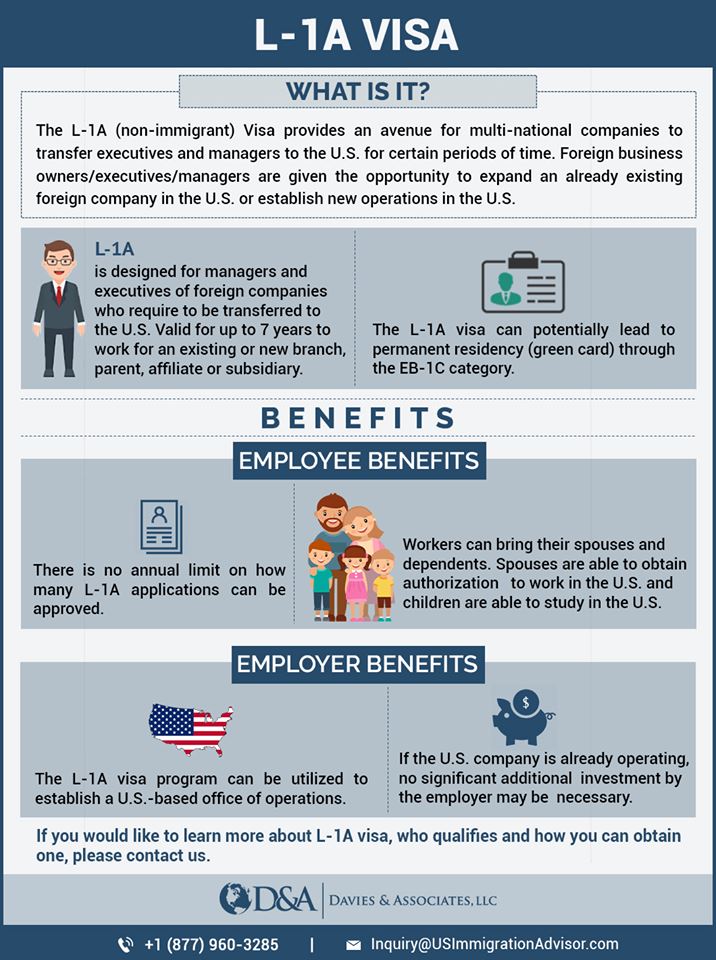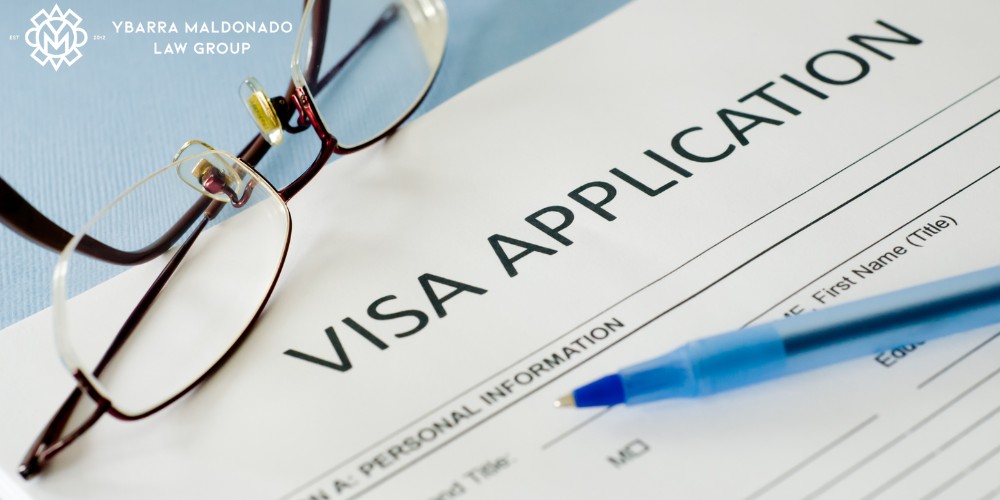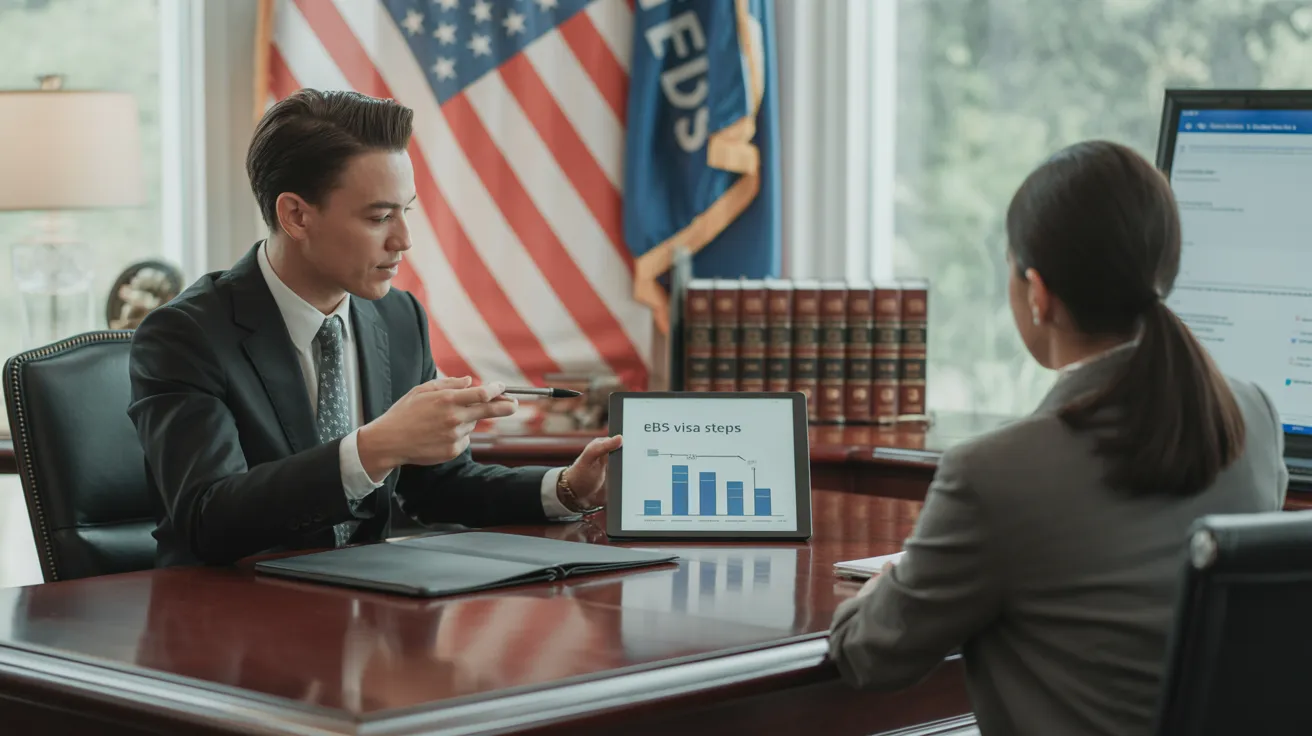Fascination About L1 Visa
Table of ContentsA Biased View of L1 VisaMore About L1 VisaFacts About L1 Visa RevealedThe Ultimate Guide To L1 VisaSome Known Incorrect Statements About L1 Visa Rumored Buzz on L1 Visa
Readily Available from ProQuest Dissertations & Theses Worldwide; Social Science Premium Collection. DHS Workplace of the Inspector General. Recovered 2023-03-26.
U.S. Division of State. Gotten 2023-02-08. Tamen, Joan Fleischer (August 10, 2013).
Rumored Buzz on L1 Visa
In order to be qualified for the L-1 visa, the foreign company abroad where the Recipient was used and the united state business need to have a qualifying connection at the time of the transfer. The different kinds of qualifying connections are: 1. Parent-Subsidiary: The Parent indicates a firm, company, or other legal entity which has subsidiaries that it owns and controls."Subsidiary" implies a firm, corporation, or various other lawful entity of which a parent has, straight or indirectly, even more than 50% of the entity, OR possesses much less than 50% yet has management control of the entity.
Business An owns 100% of the shares of Business B.Company A is the Moms And Dad and Company B is a subsidiary. There is a qualifying connection between the 2 business and Firm B must be able to sponsor the Beneficiary.
Company A has 40% of Business B. The remaining 60% is possessed and managed by Firm C, which has no relationship to Firm A.Since Business A and B do not have a parent-subsidiary connection, Firm A can not sponsor the Beneficiary for L-1.
Firm An owns 40% of Firm B. The remaining 60% is had by Company C, which has no relation to Company A. However, Firm A, by official contract, controls and full handles Business B.Since Firm A possesses much less than 50% of Business B but takes care of and controls the business, there is a certifying parent-subsidiary connection and Firm A can fund the Recipient for L-1.
The smart Trick of L1 Visa That Nobody is Discussing
Firm B is integrated in the United state
The 3-Minute Rule for L1 Visa

The L-1 visa is an employment-based visa category established by Congress in 1970, allowing multinational business to move their managers, execs, or vital employees to their U.S. procedures. It is typically referred to as the intracompany transferee visa. There are 2 primary types of L-1 visas: L-1A and L-1B. These kinds appropriate for employees employed in different positions within a firm.

In addition, the beneficiary must have worked in a managerial, exec, or specialized worker placement for one year within the 3 years preceding the L-1A application in the foreign firm. For new office applications, foreign work should have remained in a supervisory or executive capability if the recipient is involving the United States to work as a supervisor or executive.
Fascination About L1 Visa

If given for an U.S. company operational for greater than one year, the initial L-1B visa is for as much as 3 years and can be extended for an additional 2 years (L1 Visa). Conversely, if the U.S. firm is recently developed or has been operational for less than one year, the initial L-1B visa is provided for one year, with extensions offered in two-year increments
The L-1 visa is an employment-based visa category established by Congress in 1970, enabling multinational business to move their supervisors, executives, or vital personnel to their U.S. operations. It is generally referred to as the intracompany transferee visa. There are two primary L1 Visa guide sorts of L-1 visas: L1 Visa law firm L-1A and L-1B. These kinds appropriate for employees worked with in different positions within a business.
A Biased View of L1 Visa
Furthermore, the beneficiary needs to have functioned in a managerial, executive, or specialized employee placement for one year within the three years preceding the L-1A application in the foreign business. For new office applications, international work should have been in a supervisory or executive ability if the recipient is concerning the USA to function as a supervisor or executive.
for approximately seven years to look after the procedures of the united state associate as an exec or supervisor. If released for a united state business that has been functional for more than one year, the L-1A visa is initially provided for up to 3 years and can be prolonged in two-year increments.
If approved for an U.S. firm operational for greater than one year, the initial L-1B visa is for as much as 3 years and can be prolonged for an extra two years. Alternatively, if the U.S. firm is newly established or has actually been functional for much less than one year, the initial L-1B visa is provided for one L1 Visa law firm year, with extensions readily available in two-year increments.